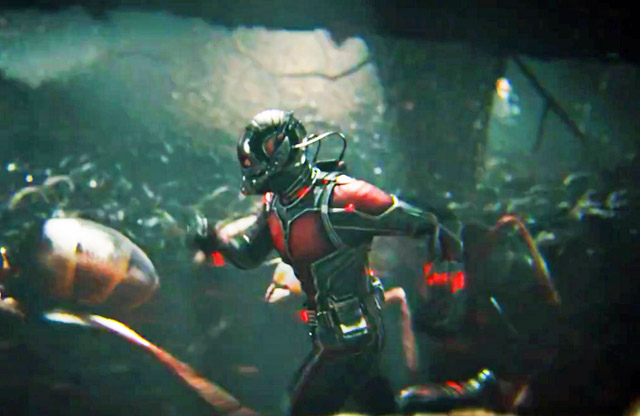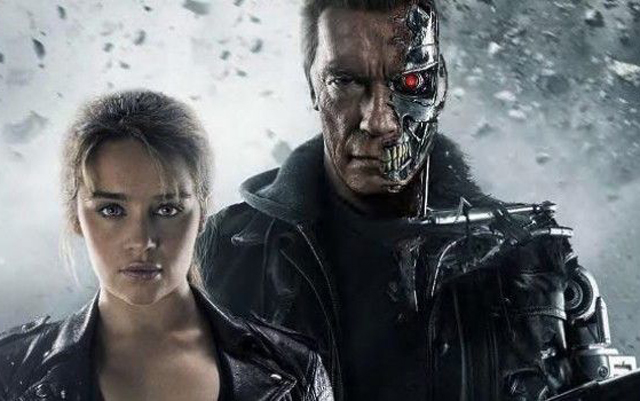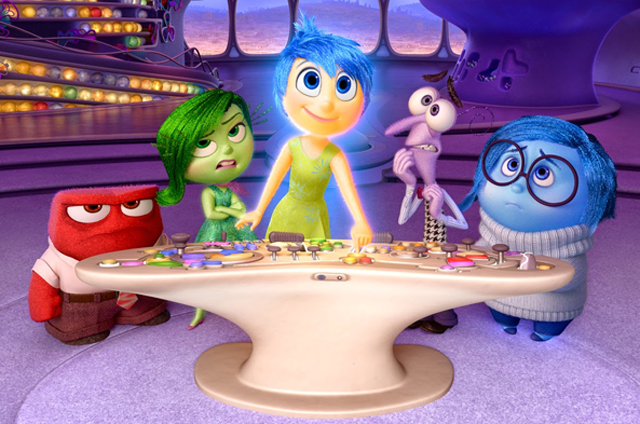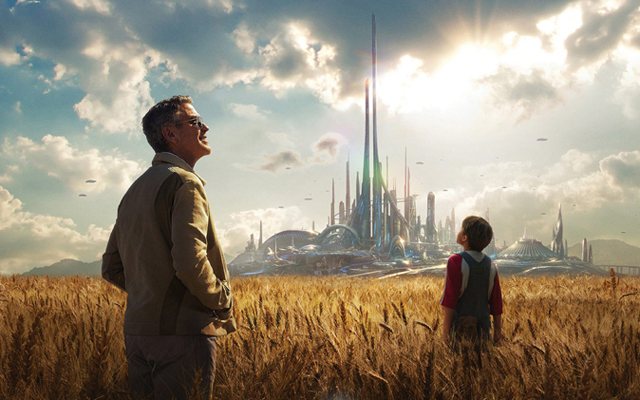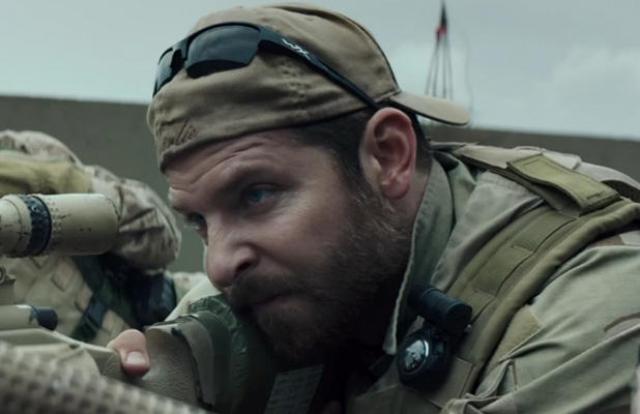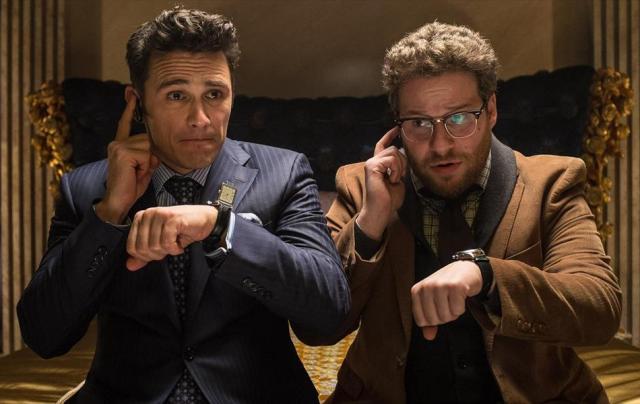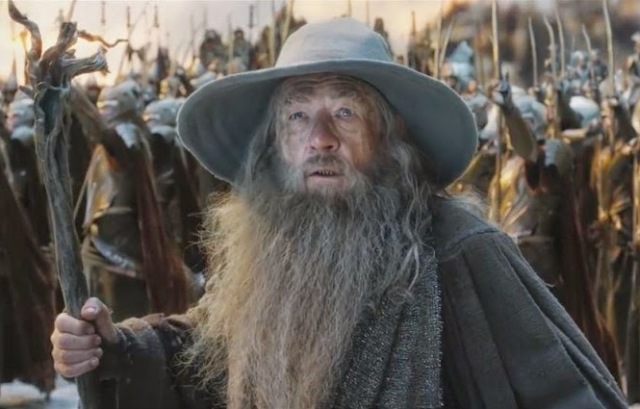The Marvel Cinematic Universe has become such an overwhelming success that it has now made the Marvel brand one of the most powerful names in entertainment. Marvel Comics had a rough history during the 80’s and 90’s; never seeming to get much traction with movie adaptations of their properties and watching their rival DC Comics effortlessly making millions off of blockbuster hits like Superman (1978) and Batman (1989). Not only that, but when the rise of comic book movies in the 90’s did take hold, Marvel had to sell off the cinematic rights to their characters to many different studios, helping them to at least gain exposure but also loosing creative control over their characters on the big screen as well. That all changed with the acquisition of Marvel by Disney and the subsequent formation of Marvel Studios. Now, Marvel had a power base to take back their many different characters and make movies their own way. The results have completely reversed Marvel’s fortunes and now they are the envy of Hollywood. But, what is distinctly special about the success of Marvel’s cinematic universe is that not only does it highlight many of their marquee characters (Iron Man, Captain America,The Hulk) but it has also given the spotlight to characters that normally would’ve been ignored. This was probably best illustrated by the release of Guardians of the Galaxy (2014), where Marvel took one of their more obscure titles made it into a hit film; some would say, like myself, that it was their crowning achievement, so far. But, there are other characters that are also getting the spotlight today because of the ever expanding reach of the MCU, and that includes one unlikely Marvel all-star; Ant-Man.
Ant-Man has had one of the more interesting development cycles in recent years. Planned long before the beginning of Marvel’s big launch of it’s universe, Ant-Man was a dream project for acclaimed British comedy writer/director Edgar Wright. Wright has always been a huge fan and champion of the pint sized hero, and he spent years crafting the screenplay with his frequent collaborator and fellow filmmaker Joe Cornish. But, for years, the project often took a back seat as Marvel had yet to consolidate it’s properties back into their own studio. After the successful Phase 1 of Marvel’s Cinematic Universe completed with the release of the mega-hit The Avengers (2012), Phase 2 was put into action and with it, the announcement that Edgar Wright’s Ant-Man would become a reality. Wright spent the next few years putting together the production of his long in-development script and that included finalizing the visual representation of Ant-Man’s powers as well as casting the right actors for the roles. Everything looked like it would help lead to yet another successful launch of a somewhat obscure Marvel superhero, but around two years ago the unimaginable happened. News spread that Edgar Wright was leaving the project altogether, and that another director was being hired on to complete the film. Apparently, creative differences between Wright and Marvel was to blame, as the director refused to compromise his vision to fit within Marvel’s increasingly stringent playbook regarding it’s cinematic universe. This eventually led to speculation that the movie was in trouble, and could end up being Marvel’s first failure as an independent film company. But, now that the movie has finally made it to theaters, audiences can now decide for themselves, and thankfully, Ant-Man is not the realization of our worst fears, nor is it anything more than we expected.
Ant-Man’s screenplay and story is still credited to Edgar Wright and Joe Cornish, but it was also given a quick rewrite by the film’s star Paul Rudd and his frequent collaborator Adam McKay. While much of the film does feel disjointed because of the two different creative teams working on it, it more or less retains Wright and Cornish’s original story outline. The plot involves a master thief named Scott Lang (Rudd) who takes a job where he is hired to break into a high tech vault owned by an eccentric billionaire. Once he’s broken in, he finds no cash or riches, but instead an odd looking suit with a matching helmet. Curious to learn why this suit was in the vault to begin with, Lang tries it on and soon learns that the suit has the power to shrink it’s wearer down to the size of an insect. After Lang’s trial by fire with the outfit, he soon meets the previous owner, renowned scientist Hank Pym (Michael Douglas). Pym apparently wanted Lang to find the suit because he needed someone young and bold like him to break into his old facilities and steal something with the same powers. That something is a prototype suit called the Yellowjacket, which has been developed as a weapon of war by Pym’s former protege Darren Cross (Corey Stoll). Lang agrees to help Pym and is trained by the old man and his daughter Hope van Dyne (Evangeline Lily) in order to harness all the different capabilities that the suit has. In time, he learns that the suit enables him not only to shrink, but also allows him to be ten times stronger because of the increased density of his atoms. He also is given the ability to speak with ants through a special frequency in his helmet’s antennas and control the ants to do his bidding as a result. With his powers refined, Lang and Pym put the plan into action and try to stop Cross from selling the Yellowjacket to the wrong people, or using the suit’s mighty powers for his own sinister reasons.
The best that I can say about this finished film of Ant-Man after all the behind the scenes mayhem that preceded it is that it doesn’t come off as a disaster. It’s a very capably made action film with a lot of funny humorous moments and plenty of entertainment value. As another entry in the growing Marvel universe, it’s also very serviceable. There are plenty of references to other things going on in the larger Marvel world, including some very welcome cameos from established characters in the universe that helps to tie everything together. The worst thing that I can say about Ant-Man however is that it’s nothing special either. Marvel has unfortunately fallen victim to it’s own success in this regard, because at this point, after several groundbreaking and original films in their canon, having a film that is only par for the course is not good enough anymore. Ant-Man is the first movie from Marvel in recent years that just feels ordinary. I wasn’t blown away by anything in this movie; it just rehashes things from other super hero movies that I’ve already seen done a million times before: the reformed criminal trying to live a better life for the sake of his daughter, the mentor who’s trying to right the wrongs of his past, the corporate hot shot who’s clearly the bad guy, the training montage, etc. It’s almost like you can just sense the checklist that the Marvel corporate heads had laid out for this movie and each one getting checked off with every scene. In the end, that seems to be what led to Edgar Wrights departure from this project. This Ant-Man is the most committee driven Marvel movie to date, and that’s not a good thing for a company that has continually been leading the way with regards to originality in the film-making community these last couple years.
My sense overall is that I might have liked this movie better had Edgar Wright been allowed to see his vision through to the end. If you’ve seen any of Wright’s other movies, like his Cornetto trilogy (which I reviewed in detail here) or even his oddball comic adaptation Scott Pilgrim vs. The World (2010), you’ll know that he’s a director with a distinct visual style. Applying that said style to the character of Ant-Man would have made this a truly unique experience unlike anything else seen from Marvel. But, sadly Marvel’s master plan won out and Wright proved to be too original a visionary for what they had in mind. Unfortunately, with Wright’s departure, the reigns of the production were given over to director Peyton Reed. Reed is a capable director, but he also lacks a distinctive trademark style to his name. If you look at his filmography (2008’s Yes Man, 2006’s The Break-Up, and 2000’s Bring it On), there’s no real definition to his work. He’s just a director for hire rather than a visual artist. Now, that’s perfectly fine for someone who’s worked in the rom-com field where all you need is someone with basic film-making talent, but in the Marvel cinematic universe, it’s just not enough. Ant-Man contains no distinct look that helps to separate it from other super hero movies. The cinematography is very flat and it makes this movie feel no more different than a TV pilot at times, especially in the quieter dialogue scenes. Peyton Reed thankfully doesn’t spoil the experience with his directing, but he also doesn’t help it to soar either. It’s just good enough, which sadly is no longer good enough for fans of the Marvel Cinematic Universe. What has been the driving force of Marvel’s success is that each movie can stand on it’s own free from the bonds of the MCU’s over-arching plot, especially when it comes to each franchise’s own style. Captain America sets itself apart with it’s gritty realism while Thor sets itself apart by embracing it’s operatic fantasy elements. And Guardians of the Galaxy is just a whole other animal altogether. By comparison, the plainness of Ant-Man sadly just makes it feel smaller in comparison.
But, as I said before in this review, Ant-Man is also far from being a disaster. What ultimately saves this movie in the end is the performances by the more than capable cast. Paul Rudd in particular works out perfectly as the title character. He’s charming and funny, but still manages to carry the weight of emotions that the character must also express in this story-line. I like the fact that Rudd is trying to make the character of Scott Lang different from all the other heroes in the Marvel universe. He’s a wise-cracker, but not obnoxious, and he brings out the darker aspects of the character without overdoing it. He runs a fine middle ground between all the other personalities of the Marvel heroes we’ve seen to date; he’s not as irreverent and in-your-face as Robert Downey Jr.’s Iron Man, nor as stoic as Chris Hemsworth’s Thor. The casting of Rudd was one of Edgar Wright’s biggest contributions to the finished movie, and I’m happy to say that he got the right man, and that he’s going to continue to play a key role in the continuing Marvel Universe. The rest of the cast also contributes to the overall effectiveness of the movie. Michael Douglas especially shines as Hank Pym, the original Ant-Man. Pym is probably one of Marvel’s more notorious main characters, with a very troubled history, and Douglas does a perfect job of conveying that long history of the character through his tortured and heartfelt performance. Much of the movie’s best moments belong to him, especially when he berates Scott Lang whenever he screws up. Corey Stoll also should be commended for taking a villainous character who could have come off as flat and boring and make him genuinely terrifying with his unhinged performance. Actor Michael Pena is also fun to watch here as one of Scott Lang’s safe-cracking associates, with his long-winded ramblings being one of the movie’s most hilarious highlights. Really, there are no weak points at all in this varied cast. Everyone came to work and there’s not a single false note among any of them, which helps to make this movie far more entertaining that it would have been otherwise.
Despite the lackluster visual aesthetic that the overall movie has, I will say that the action scenes in the film are indeed very well staged. The movie does an especially good job of visualizing the experience of Ant-Man shrinking down to his small size. The special effects in this movie are top notch, and the sense of scale given to these moments are well done. The best moments belong to the clever visual ways that Ant-Man fights against his enemies, whether it’s jumping onto a gun as it fires and then growing back to normal size to lay the final knockout punch to the man who fired at him, or whether it’s exchanging blows inside a closed briefcase with a shrunken Yellowjacket. The final confrontation between the hero and the villain is especially well done, with the two adversaries fighting on the rails of a toy train set. The movie makes this setting look larger than life and grandiose from the shrunken point of view of it’s characters and brilliantly cuts back to the POV of a normal sized person, showing the hilariously small impact that these two are actually making in their fight. There are certainly holdovers from Edgar Wright’s vision of the movie in these action scenes, and I’m happy to see the movie retain them. It almost makes up for the blandness of every other scene surrounding them. At the very least, it makes the Ant-Man powers easy to convey to a larger audience and gives him the awesome superhero moments that he deserves.
So, did Marvel do right by the character in the end with their shakeup in the director’s seat. While I don’t believe that Peyton Reed failed the character in the end, I still feel that something was lost in the departure of Edgar Wright from the project. His original style would have certainly made this movie stand out visually from all the rest of the Marvel movies, instead of just following the lead that all the other ones have set. But, this movie could also have been a lot worse, and I’ll credit director Reed for seeing this project through to completion. There’s no doubt that this movie will ride the coattails of the successful movies that have become before it, and it’s not undeserving of that success either. I’m certainly happy that they cast the right guy as Ant-Man, and that the visual representation of his powers were well done overall. I just hope that the eventual continuation of the Ant-Man franchise will also allow for more creative freedom in the subsequent sequels. Maybe they can even convince Edgar Wright to return and do an Ant-Man sequel on his terms, now that the pressure of establishing a new character is out of the way. Overall, this is a passable, but not quite revolutionary addition to the Marvel Cinematic Universe. It certainly didn’t make me angry about the direction it took like Iron Man 3 (2013) did, but at the same time it did give me a transcendent experience like Guardians of the Galaxy either. Marvel needs to realize that the bar has been set extremely high now, and that they need to make every movie from here out both unique and entertaining. Retreading old ground and putting out the minimum requirement is only going to reduce the intended impact from here out. So, in the case of Ant-Man’s first cinematic outing, it’s still a rousing and entertaining time at the movies for the most part, but compared to his Marvel brethren, Ant-Man’s still just a small fish in the big pond of Marvel’s own making.
Rating: 7.5/10
